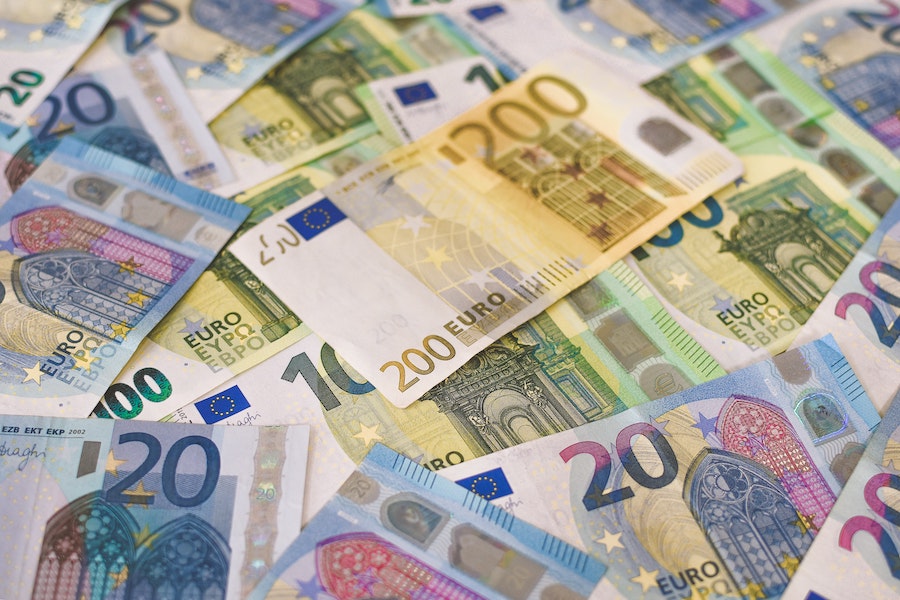While trade in Monaco was heavily impacted in 2020, last year saw rebounds in overall volume and a shift in some habits, including a record number of imports from outside the EU.
According to the latest trade report by Monaco’s statistics group IMSEE, the year 2021 saw a gradual resumption of economic activity after a disastrous 2020, which was marked by Covid-19 and lockdowns.
Reaching €2.9 billion in overall trade by the end of 2021, the Principality saw a massive +23% rise, excluding France. This is a good uptick but is not quite back to pre-health crisis levels, though signs indicate that the positive momentum will continue.
The volume of exports was €1.2 billion, near 2019 levels, which was notable as it marked historic highs, though in value terms, imports grew 1.5 times faster than exports, creating a trade deficit of €634 million. Nonetheless, the relative increase in imports and exports was equal and a coverage rate of 64.5% was maintained.
Last year was notable on another front in that, for the first time since 2012, imports from outside the European Union (EU) beat out ones from inside. This is not to say trade with Europe is not strong. In 2021, it was up 20.2%, corresponding to 77.6% of Monaco’s transactions. This was followed by Asia which accounts for 10.3%.
For the first time, Monegasque revenue, excluding Financial and Insurance Activities, exceeded €16 billion, thanks to two trade sectors: wholesale and retail. It was up by €1.9 billion compared to 2020, equaling a +13.3% increase, and by €1.0 billion, or +6.9 %, compared to 2019.
More than one out of two exported products was from “Other manufacturing”. This includes products like jewellery, perfume, cosmetics, and chemical and pharmaceutical products. Up 22.0% from 2020, these products exceeded 2019 levels.
As with exports, goods from “Other manufacturing” dominated the Principality’s imports. Although they were 39.2% higher than in 2020, they were -31.3 % lower than in 2019, as were goods from the electrical, computer and electronic equipment categories. Manufacture of machinery was down -36.5 % and manufacture of transport equipment was down -39.3%.
Italy continues to be Monaco’s biggest customer, with more than a fifth of custom being with the Italians. Switzerland is next, having outpaced Germany slightly, followed by Belgium, Spain and the United Kingdom. Italy is also the biggest supplier, followed by the United Kingdom, Germany, China, the United States and Switzerland.
On the surplus front, Monaco ran a trade advantage with Switzerland, who made up 46% of the €140 million in surpluses, followed by Algeria, Hong Kong, Spain and Poland. A cumulative €558 million in trade deficits was with Italy, who account for 41% of the deficit, as well as smaller levels with the United Kingdom, China, the United States and Tunisia. The largest surplus came from the manufacturing of basic pharmaceutical preparations, which represented €61 million.
The amount of intra-community EU deliveries excluding France increased by more than 16.6%. With €209.8 million in deliveries to Italy representing +30.5 %, the country retained its position as the Principality’s leading customer. The Netherlands dropped by more than a third, leaving the podium behind Belgium and Spain. Together with Italy, these three countries accounted for almost two thirds of Monaco’s sales to the European Union.
Acquisitions from Italy were still down by a significant -13.3 %, but the country remains the Principality’s leading supplier, accounting for more than half of Monegasque purchases. The top five countries are identical in the ranking of intra-community deliveries, the top three being rounded out by Germany and Belgium. Excluding the United Kingdom, who withdrew from the European Union in 2020, this triumvirate has stayed stable for four years.
After a sharp decline in 2020, the overall volume of trade with the European Union slowly picked up, gaining +€104.8 million, or +7.3 %. While the majority of categories of goods saw an increase in transactions, the amount of trade did not reach its 2019 level for most of them.
Photo source: Unsplash
